Sorted! Expert Advice for a Perfectly Organised Wardrobe
Is a messy, disorganised wardrobe getting you down? Whip it into shape with these professional tips
If your wardrobe is bursting at the seams and yet you can never seem to find a single thing to wear in the morning, it might be time for a major wardrobe overhaul. We’ve asked three professional organisers to reveal the secrets for getting your robe in order – and keeping it that way.
Space isn’t the issue
Lack of space is rarely what’s preventing us keeping our wardrobes organised, says Jane West, professional organiser and director of Organising Solutions. “You can be well-organised with a built-in wardrobe or even a stand-alone one.” The issue, she says, is having too much stuff – something many of us are guilty of. “Research shows that only 20 per cent of clothes in the average wardrobe are worn on a regular basis.” And the rest? Well, that’s where the problem lies.
Lack of space is rarely what’s preventing us keeping our wardrobes organised, says Jane West, professional organiser and director of Organising Solutions. “You can be well-organised with a built-in wardrobe or even a stand-alone one.” The issue, she says, is having too much stuff – something many of us are guilty of. “Research shows that only 20 per cent of clothes in the average wardrobe are worn on a regular basis.” And the rest? Well, that’s where the problem lies.
Organise a clear-out
Identifying those items you no longer wear or love, and removing them from your wardrobe, is the first step towards organisational bliss, Player says.
And don’t let those niggling voices in the back of your head get in your way. “‘I paid good money for this’ is not a good reason to hang onto an item that you will never ever wear again,” she says. “Get rid of it. You simply paid good money for clutter that is getting in the way of the good items you would wear if you could see them.”
Find a professional organiser on Houzz
Identifying those items you no longer wear or love, and removing them from your wardrobe, is the first step towards organisational bliss, Player says.
And don’t let those niggling voices in the back of your head get in your way. “‘I paid good money for this’ is not a good reason to hang onto an item that you will never ever wear again,” she says. “Get rid of it. You simply paid good money for clutter that is getting in the way of the good items you would wear if you could see them.”
Find a professional organiser on Houzz
Start with a practical system
Having an easy-to-use sorting system will make this part of the job far easier, West says. Start by labelling five big bin bags:
Tip: Aim to remove unwanted items from your home that day.
Having an easy-to-use sorting system will make this part of the job far easier, West says. Start by labelling five big bin bags:
- Keep
- Recycle
- Throw out
- Belongs elsewhere in the home
- Unsure
Tip: Aim to remove unwanted items from your home that day.
Categorise your clothing
“Once you’ve let go of unwanted items, turn your attention to what remains,” says Anton Randall, director of home styling and organisation firm In the Closet.
“Categorise clothing into a simple, ready-to-wear system. For example, put shirts together, colour-blocking from lightest to darkest, and hang dresses in categories such as strappy and long-sleeved. This makes it easier to hang items back up after washing, and will save you time getting ready.”
“Once you’ve let go of unwanted items, turn your attention to what remains,” says Anton Randall, director of home styling and organisation firm In the Closet.
“Categorise clothing into a simple, ready-to-wear system. For example, put shirts together, colour-blocking from lightest to darkest, and hang dresses in categories such as strappy and long-sleeved. This makes it easier to hang items back up after washing, and will save you time getting ready.”
Folding vs hanging
Decide what to hang and what to fold, West says: “Hang bulky coats and jackets, as well as dresses, skirts, dress pants and shirts so they don’t crease.”
T-shirts and jumpers are best folded and placed on shelves and inside drawers, she says. “This will help them keep their shape as they’re likely to stretch if hung. You can also fold thick pants such as jeans as they won’t crease.”
Decide what to hang and what to fold, West says: “Hang bulky coats and jackets, as well as dresses, skirts, dress pants and shirts so they don’t crease.”
T-shirts and jumpers are best folded and placed on shelves and inside drawers, she says. “This will help them keep their shape as they’re likely to stretch if hung. You can also fold thick pants such as jeans as they won’t crease.”
Maximise the available space
Next up, assess your wardrobe layout and make sure you’re making the most of the available space, Player says. “First address your archive space. This will help you free up the most important high-access space for items you use on a regular base.” Store items used infrequently at the upper and lower points of wardrobes, placing them in tubs and vacuum bags to save space.
“Then look at your shoe storage. They don’t always need to be stored at the bottom of your wardrobe. It may be better to create a shoe library with acrylic stackable boxes on the top shelf (especially if you’re tall) or even outside the wardrobe.”
Need extra hanging space? Consider installing a second rail, Player suggests. “The objective is to look at where the unused space is and make it productive.”
Next up, assess your wardrobe layout and make sure you’re making the most of the available space, Player says. “First address your archive space. This will help you free up the most important high-access space for items you use on a regular base.” Store items used infrequently at the upper and lower points of wardrobes, placing them in tubs and vacuum bags to save space.
“Then look at your shoe storage. They don’t always need to be stored at the bottom of your wardrobe. It may be better to create a shoe library with acrylic stackable boxes on the top shelf (especially if you’re tall) or even outside the wardrobe.”
Need extra hanging space? Consider installing a second rail, Player suggests. “The objective is to look at where the unused space is and make it productive.”
Don’t forget the little things
When it comes to creating order and maximising space in your wardrobe, don’t underestimate the power of little things to make a difference, Randall says. “The quickest and easiest way to bring order to your wardrobe is start by using the same style of hanger; and when folding items, to fold the same size.”
When it comes to creating order and maximising space in your wardrobe, don’t underestimate the power of little things to make a difference, Randall says. “The quickest and easiest way to bring order to your wardrobe is start by using the same style of hanger; and when folding items, to fold the same size.”
Choose the right hangers
“The right hangers will help preserve the shape of your clothes and ensure that you are maximising your wardrobe space,” Player says. “Suit hangers are space-hungry but essential for preserving the shape of jacket shoulders. Dresses and light blouses are best stored on flocked hangers as they won’t slip off. Timber hangers are kind on clothes but if you are short on space, are not the best choice. And if you are exceptionally tight for space, consider multi-tier hangers.”
“The right hangers will help preserve the shape of your clothes and ensure that you are maximising your wardrobe space,” Player says. “Suit hangers are space-hungry but essential for preserving the shape of jacket shoulders. Dresses and light blouses are best stored on flocked hangers as they won’t slip off. Timber hangers are kind on clothes but if you are short on space, are not the best choice. And if you are exceptionally tight for space, consider multi-tier hangers.”
Install shoe storage
“Ideally shoes should be stored down low, away from clothing, and in a breathable storage solution, whether it’s a box stacking system or a shelf stacking solution. For a more premium look, have your wardrobe designed with a pigeon hole system or pull-out drawers,” Randall says.
Quick decluttering projects
“Ideally shoes should be stored down low, away from clothing, and in a breathable storage solution, whether it’s a box stacking system or a shelf stacking solution. For a more premium look, have your wardrobe designed with a pigeon hole system or pull-out drawers,” Randall says.
Quick decluttering projects
Organise your drawers
Drawers often get forgotten during wardrobe overhauls – which represents a real missed storage opportunity, in Player’s view. “For example, simple dividers can help keep socks and underwear colour- and style-sorted. Another good use for drawers is jewellery storage using stacking trays. Divide and conquer is the strategy in this instance.”
Drawers often get forgotten during wardrobe overhauls – which represents a real missed storage opportunity, in Player’s view. “For example, simple dividers can help keep socks and underwear colour- and style-sorted. Another good use for drawers is jewellery storage using stacking trays. Divide and conquer is the strategy in this instance.”
Keep it organised
Now that you’ve achieved a perfectly organised robe, how do you ensure it stays that way? “Dedicate an hour or so a week to staying on top of it – things such as putting washing away in the right places, folding and colour-blocking,” Randall advises. “Once you’ve experienced an organised wardrobe, chances are you’ll be more than happy to dedicate the time to keeping it looking and functioning its best.”
Now that you’ve achieved a perfectly organised robe, how do you ensure it stays that way? “Dedicate an hour or so a week to staying on top of it – things such as putting washing away in the right places, folding and colour-blocking,” Randall advises. “Once you’ve experienced an organised wardrobe, chances are you’ll be more than happy to dedicate the time to keeping it looking and functioning its best.”
Tell us
Have you taken control of your wardrobe or is it the other way around? Tell us in the Comments section below. And if you enjoyed this story, don’t forget to like it, bookmark it, share it, and join the conversation.
More
Browse more storage and wardrobe photos
Have you taken control of your wardrobe or is it the other way around? Tell us in the Comments section below. And if you enjoyed this story, don’t forget to like it, bookmark it, share it, and join the conversation.
More
Browse more storage and wardrobe photos





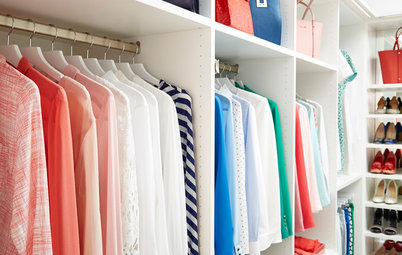
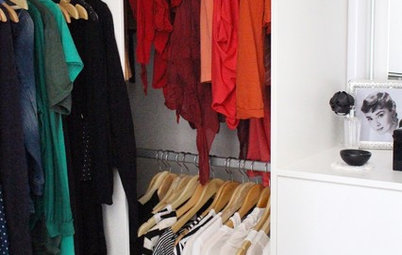
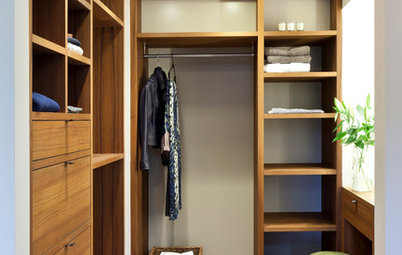
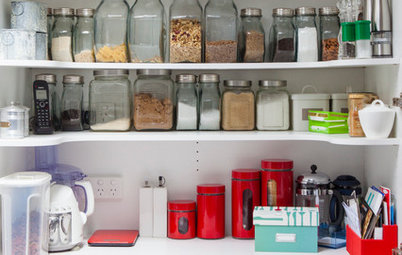
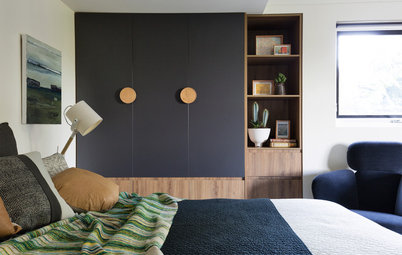
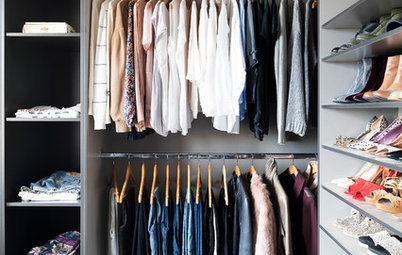
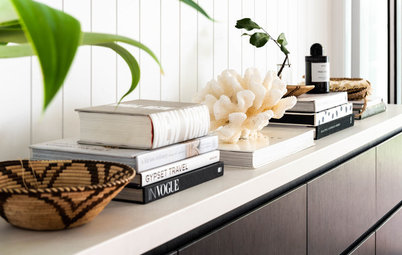
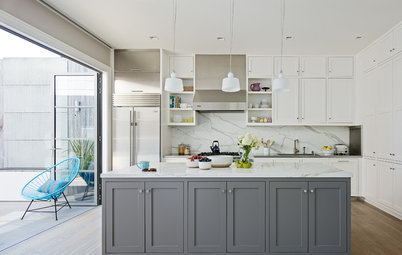
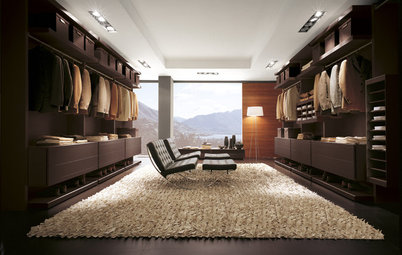
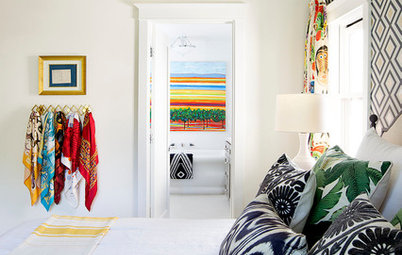
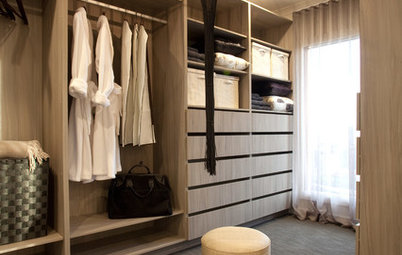
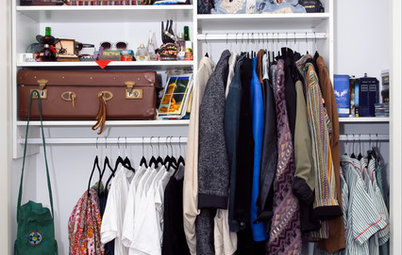
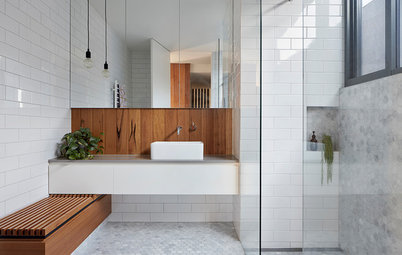
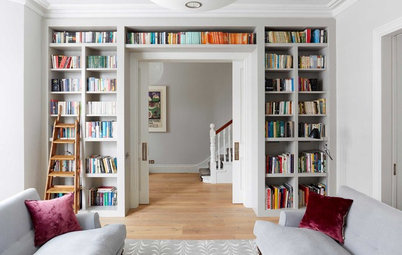
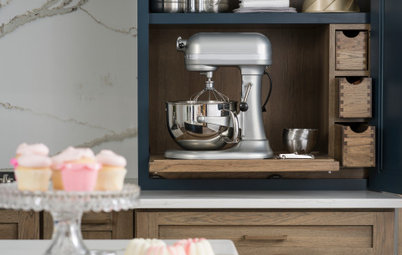


“Your wardrobe is one of the most important parts of your home to keep organised. Why? It’s all about time, money and emotional wellbeing,” says Cathy Player, expert organiser at Howards Storage World. “A well-organised wardrobe can save you time as it takes less effort to find the things you need. As you’re not battling clutter every day, your emotional wellbeing will also improve. Plus, instead of opening the cupboard and believing that you have nothing to wear, you’ll be able to see everything with ease. Being in a position to do more with less means you will save money.”